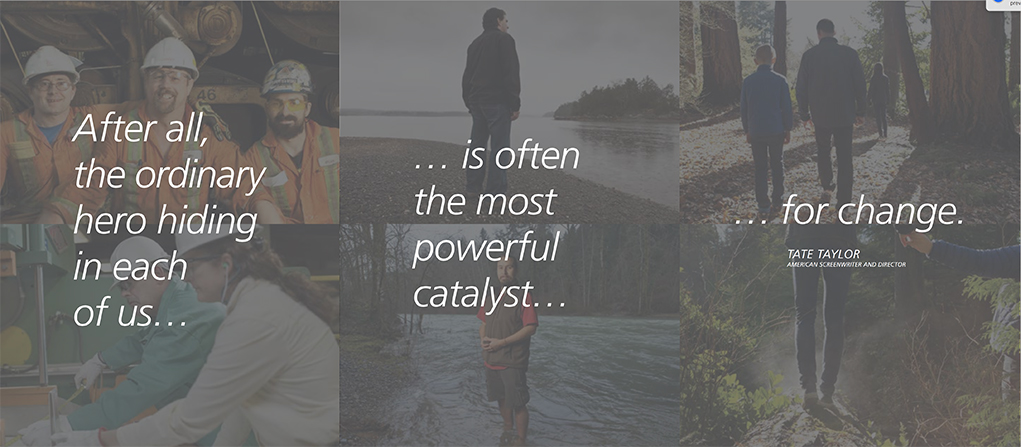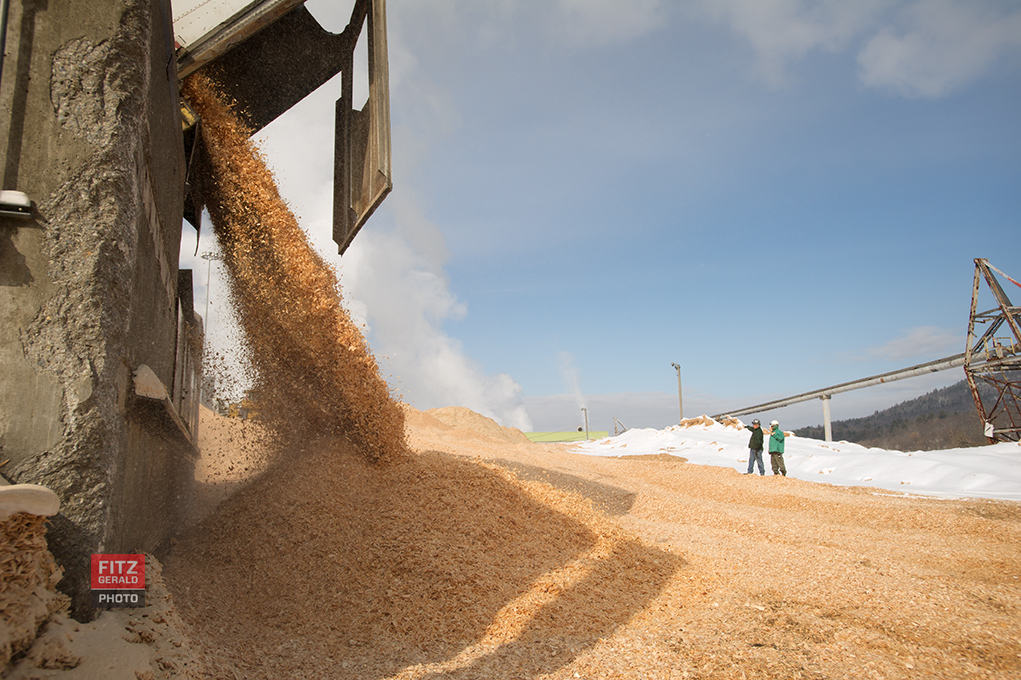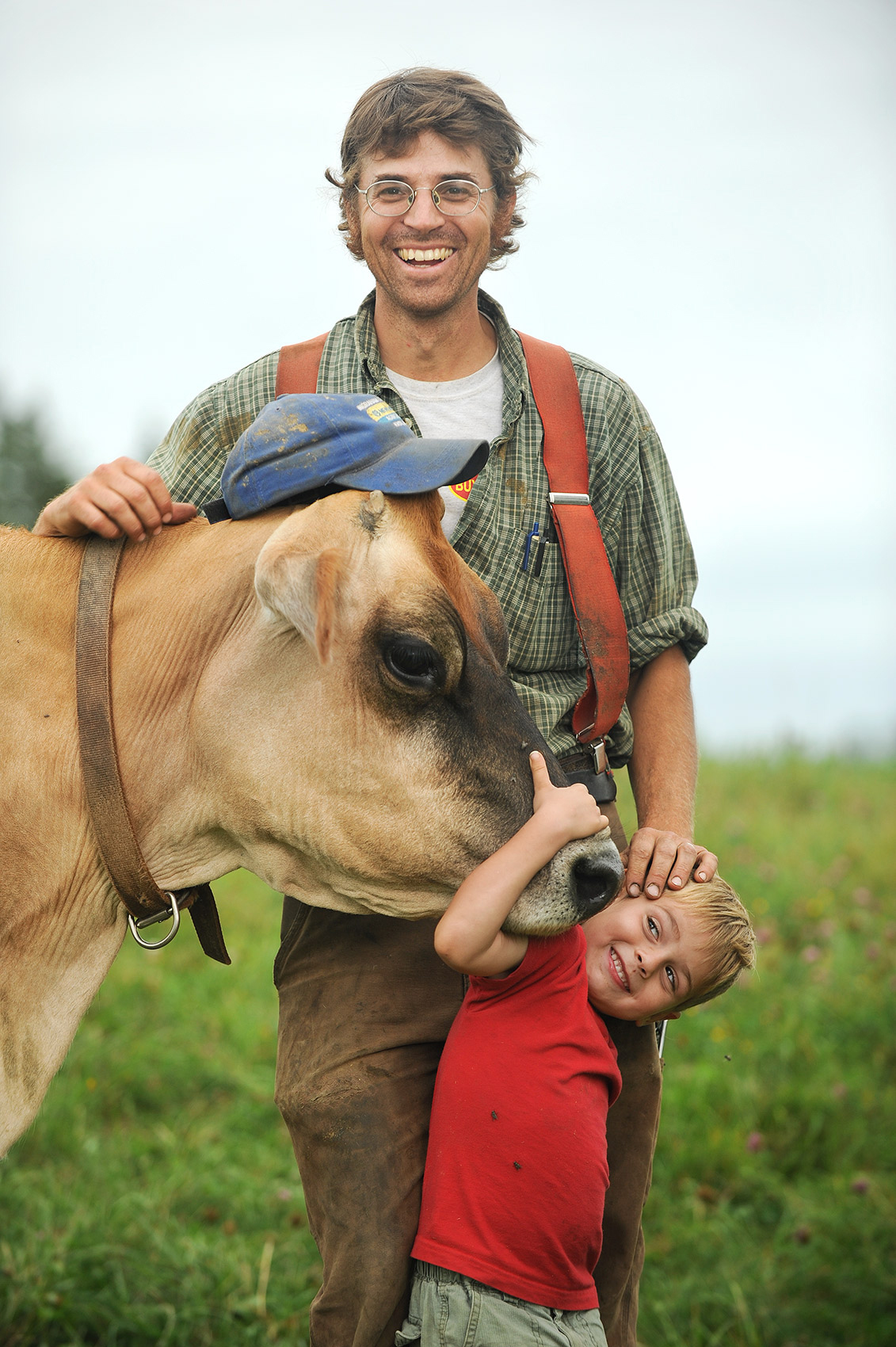Behind the Scenes is a quick snapshot of where I’ve been and what I’m doing on location. Enjoy!
Category On Location
Environmental Portraits: Take it Outside
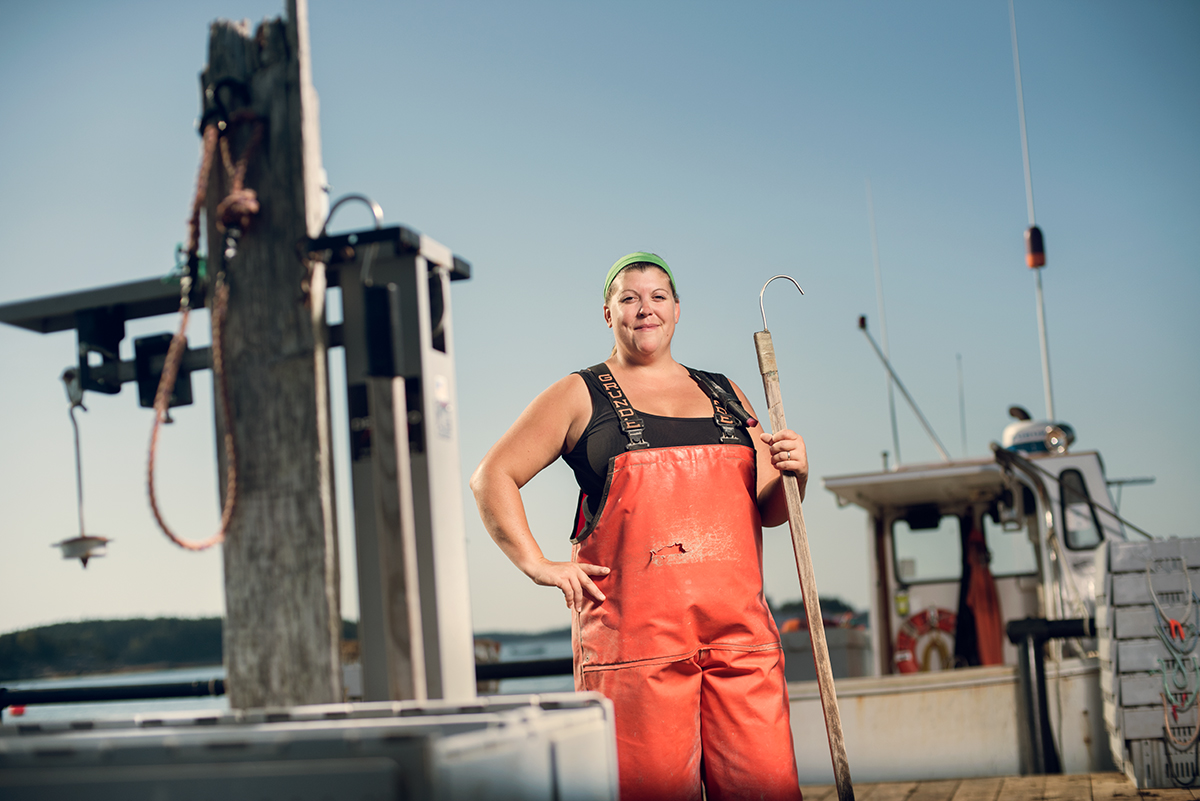
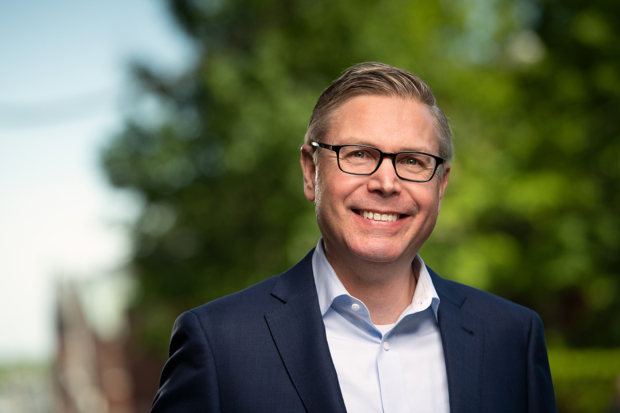
© Brian Fitzgerald
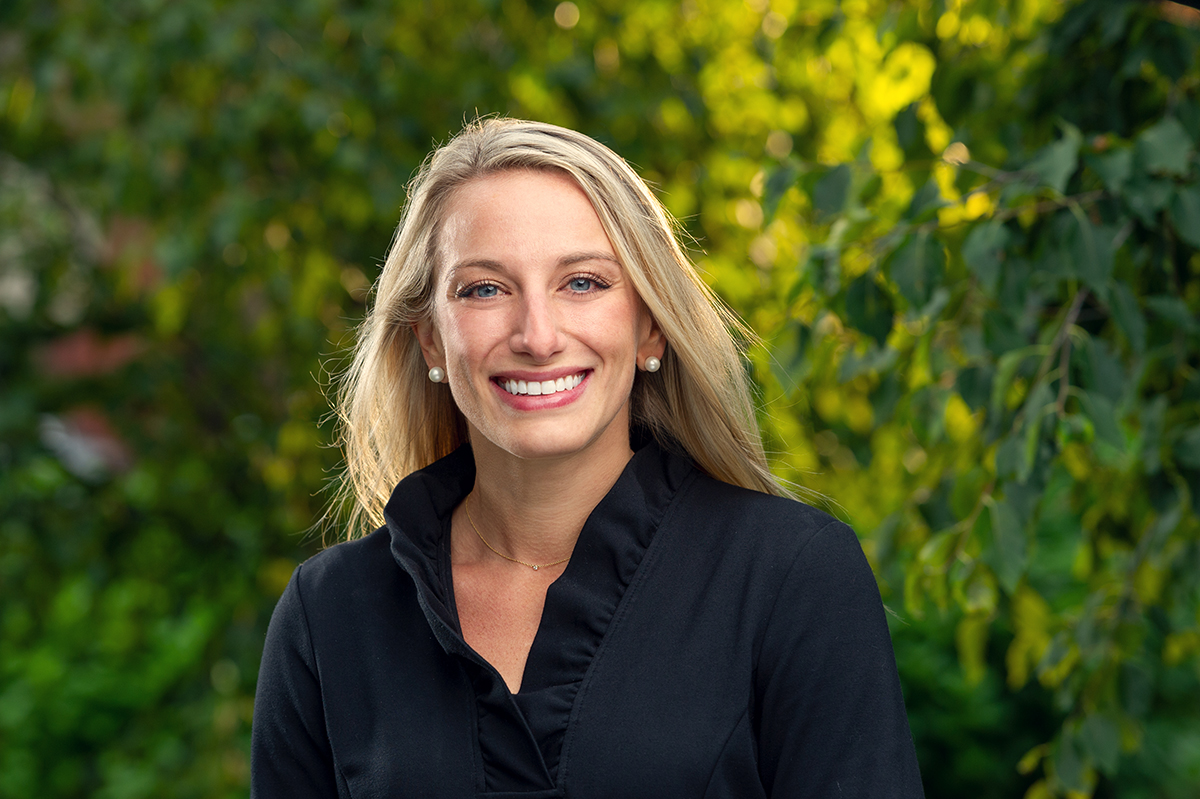
Certainty in Uncertain Times
During this time of uncertainty, it’s easy to get overwhelmed. Not long ago all of us were still making optimistic plans for get-togethers, projects and trips for the weeks and months to come.
The events of a few short days have changed and challenged our perceptions and plans.
Stuck at home, certain only of our uncertainties, bouncing off of loved ones and compulsively checking our news (and non-news) feeds for scraps of information, we instead learn second-hand from the gossip of others.
What’s clear is that we are all in the same boat. None of us asked for this and the control we have is limited to that which we exercise over ourselves. We have the choice to limit ourselves for the good of the whole. We also have the option to spend some of our now extra time doing things we’ve long neglected—at least, that’s my plan. I’m choosing to look at this upheaval as a gift of time: time to spend with my family; time to reset and plan; time to learn and reflect.
In a few weeks or months when things calm down and normalcy returns, as it surely will, I hope to look back and know that I spent my time the best way I could. Today, I plant a seed for that day.
On Giving More
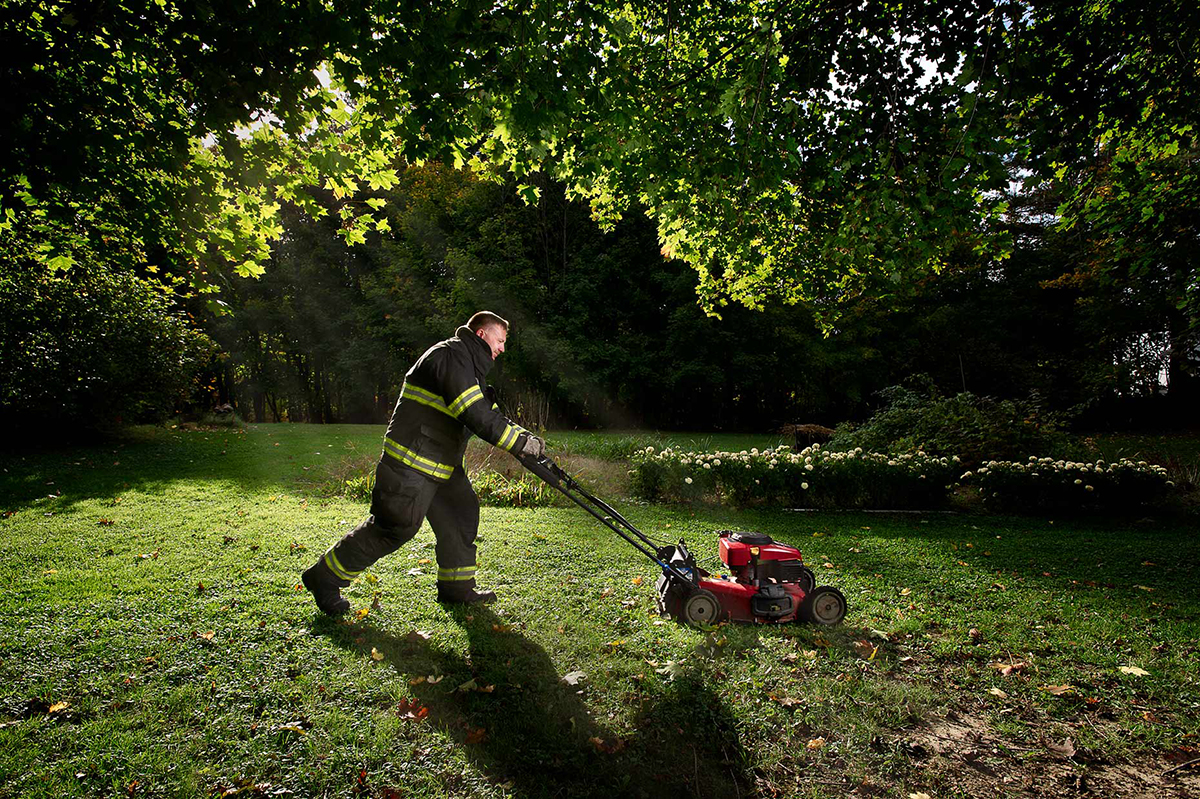
I grew up Catholic, which might explain why I have a deep-seated belief that anything good in my life must be accompanied by a healthy amount of suffering.
That’s not the healthiest story to tell oneself, but I’ve come to replace it with another, more powerful story: if you want good value or results—a great shoot, great assignments, great clients—then you have to first give great value.
What does ‘value’ mean? It means that you should do your best to be remarkable in your work, your attitude, your professionalism. It means that you ask first how you can help before you ask for help. It means that you give more value than your client expects. It means that when you are on a shoot, you go that extra mile: look for an extra angle, take a creative risk and push yourself to take something different once you’ve satisfied your client’s needs. Sometimes you’ll end up with something that surprises you and delights your client.
If you consistently do this and have the attitude of giving more than you are getting, you’ll find—like I have—that you get an amazing amount of value in return.
It starts with you.
Cinematic, environmental portraits
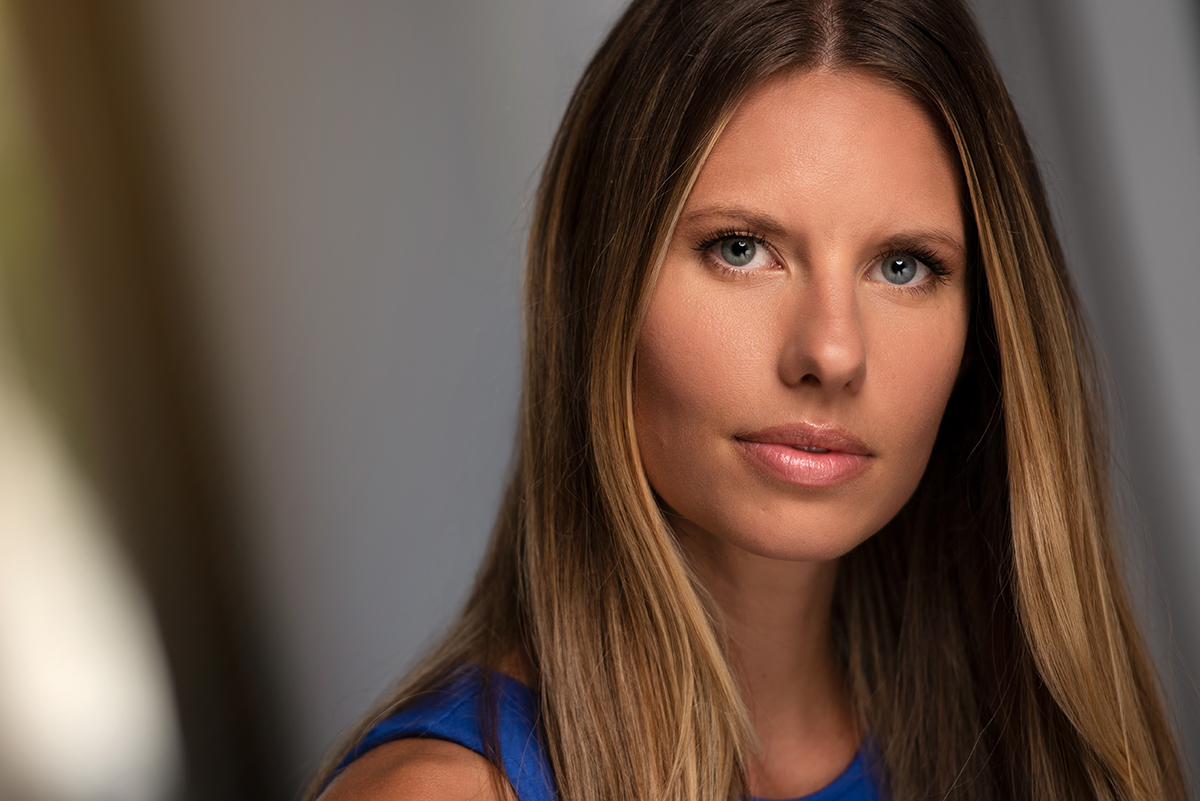
I love creating environmental portraits. That’s good, because I make an awful lot of these as a commercial photographer.
One challenge when doing such location portraits is that the benefit—the environment, which can offer very cool, very visually striking contextual cues—can also be a severe liability. Imagine showing up to a shoot to find you are limited to shooting portraits inside a tiny conference room with orange walls, or in the middle of summer using an interior of a steel shipping container (both are recent examples).
So what do you do when the environment detracts from, instead of adds to, your portraits?
I opt to shoot portraits with very shallow depth of field, in order to throw my distracting backgrounds out of focus. Then I carefully add in lights to create depth and color as needed. Given the time of day or the situation, this may require using ND (neutral density) filters or high-speed sync to achieve this look, but it’s worth the extra effort.
The results are tack-sharp portraits that pop from the soft background, minimizing the things I don’t want while giving a sort of cinematic feel that I love.
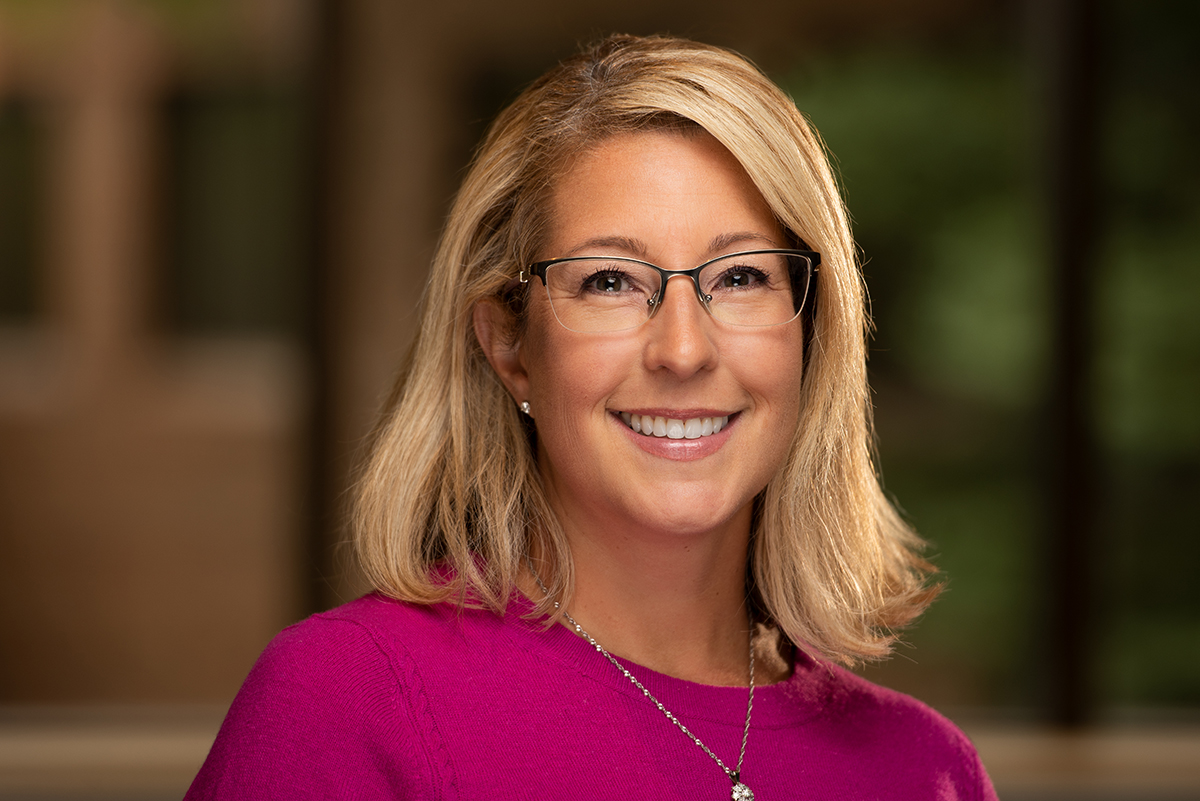
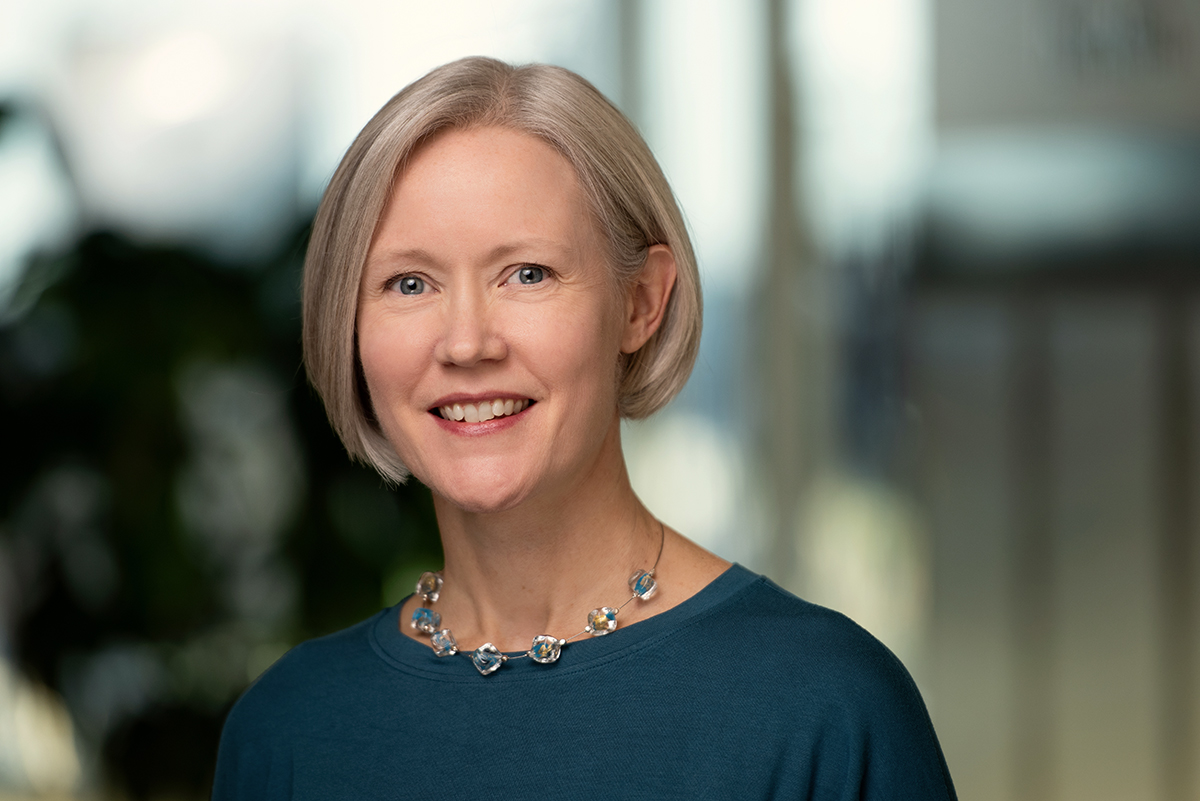
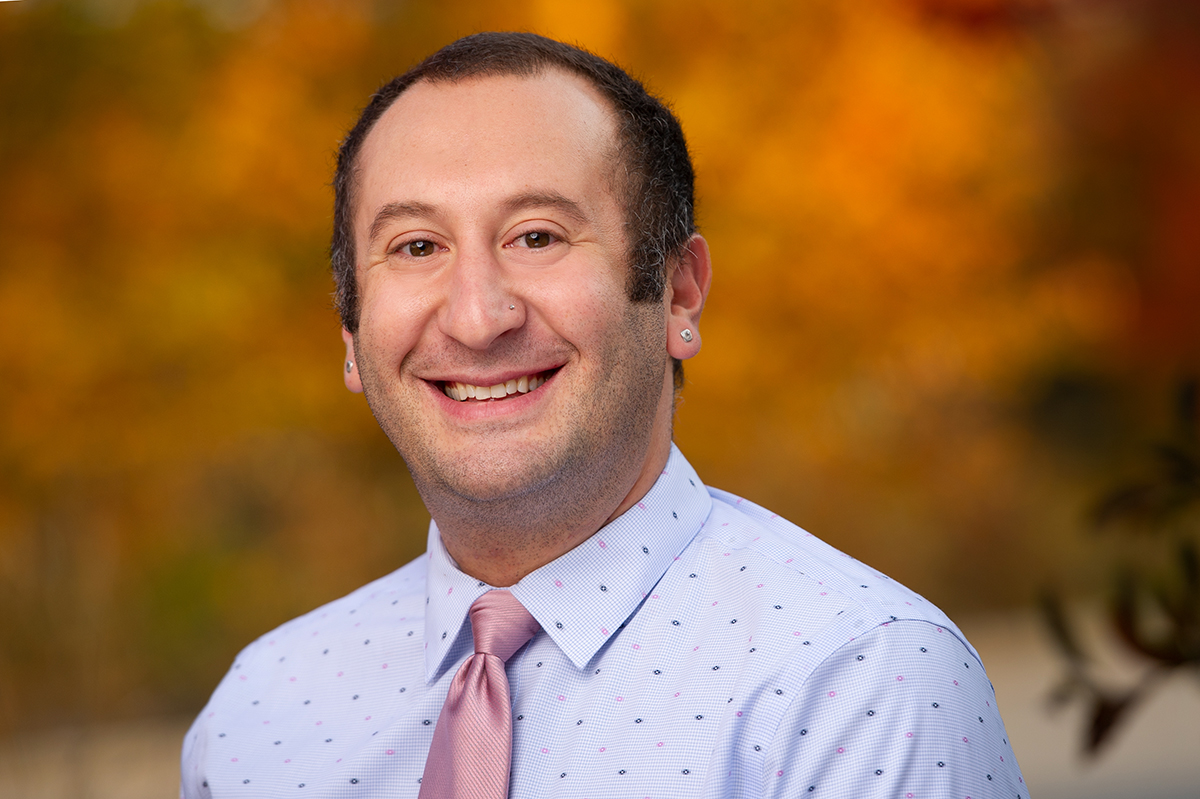
Dartmouth-Hitchcock Image Library
The best thing about my job as a photographer—aside from the interesting and creative people I get to work with on a daily basis—has to be the cool locations I get to photograph in.
A few months ago, I photographed a project for a large medical advocacy group that involved the Dartmouth-Hitchcock Medical Center in Lebanon, NH. I’ve photographed hospitals on both coasts but I’ve never seen a medical lab setup like they have at the Laboratory for Clinical Genomics and Advanced Technologies (CGAT)—two wings full of technicians, scientists and analysis equipment.
I finally can show some of the work from that quick—but very intense—shoot, all done while the busy lab remained in full operation:
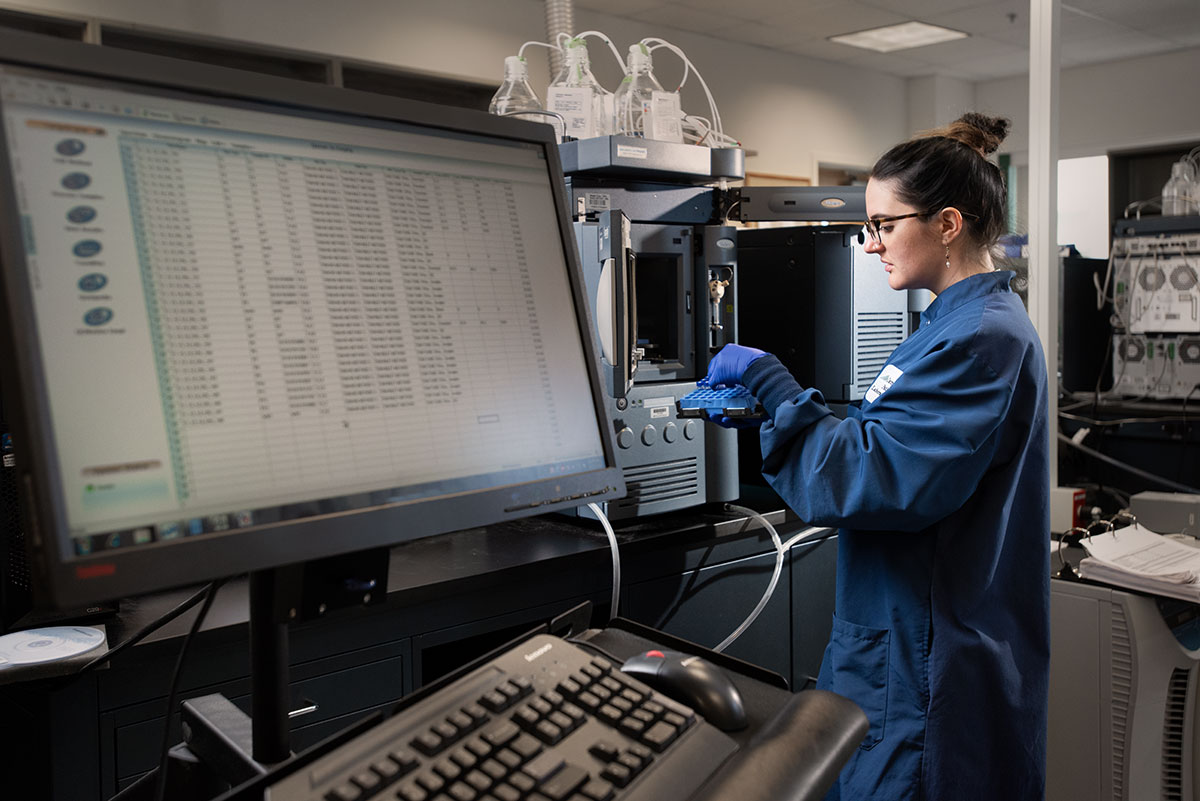
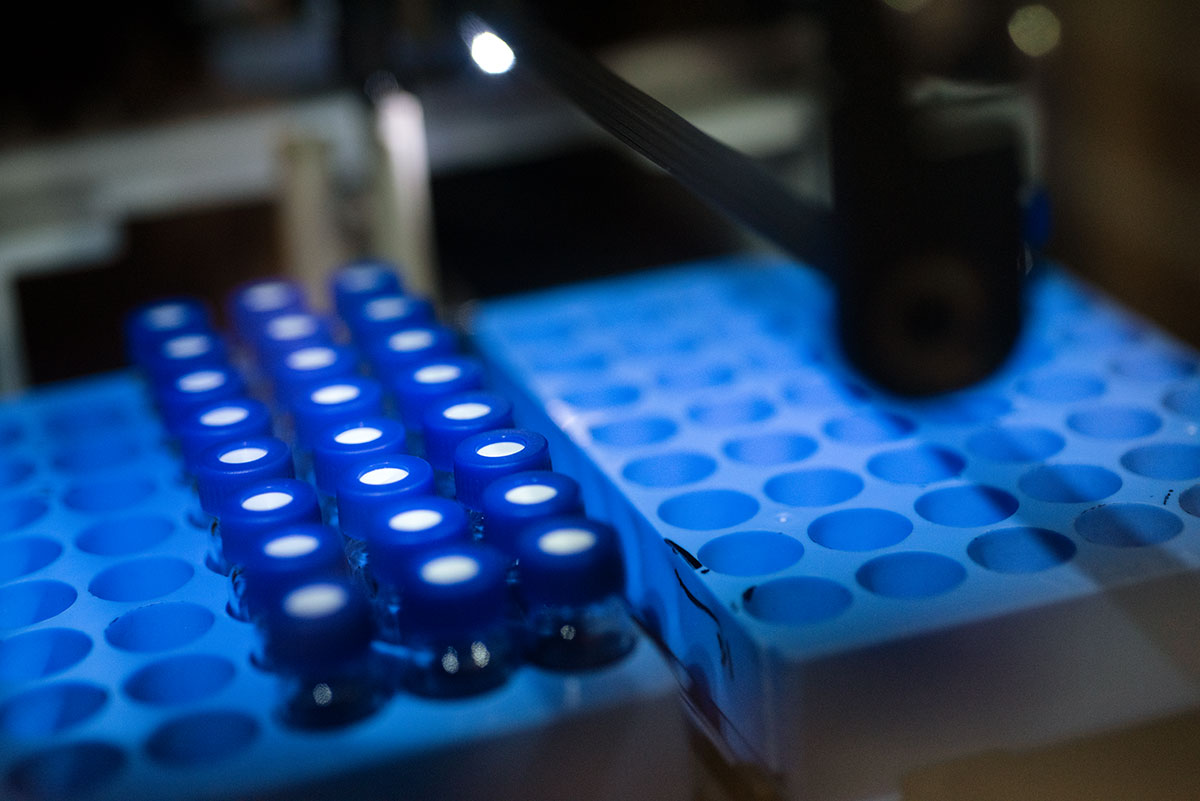
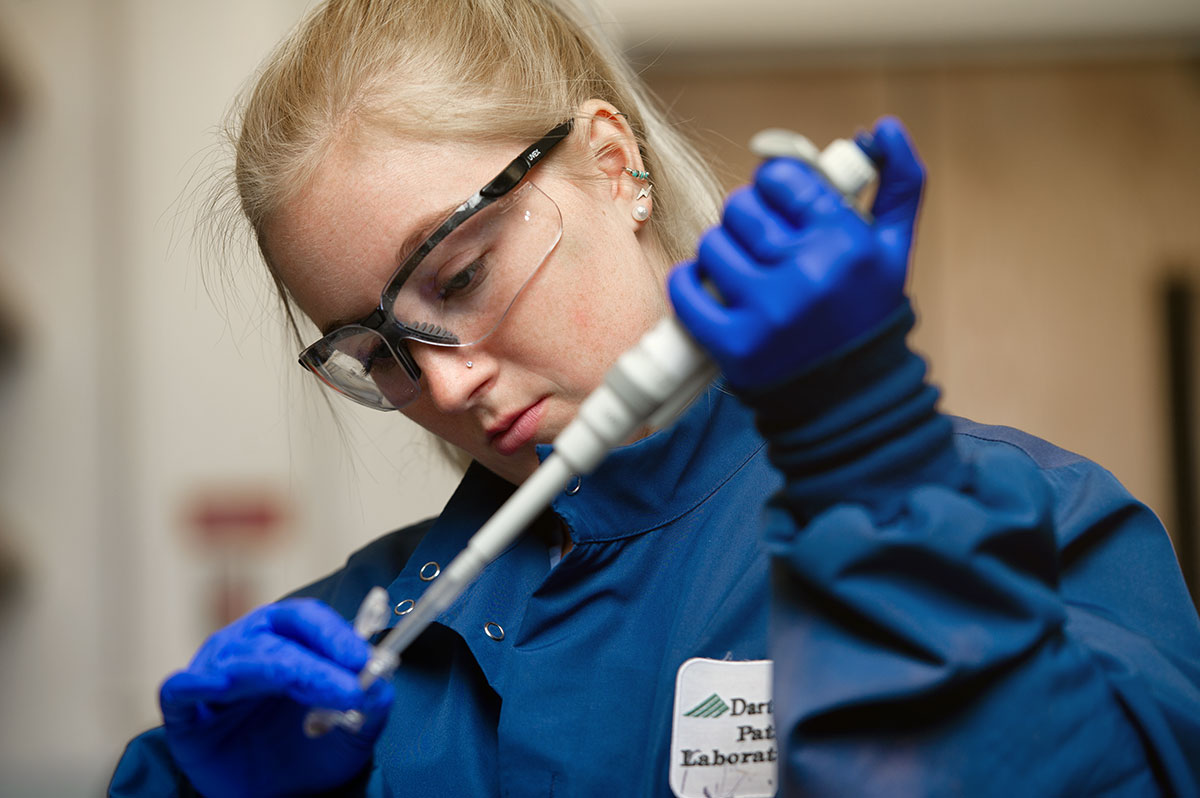
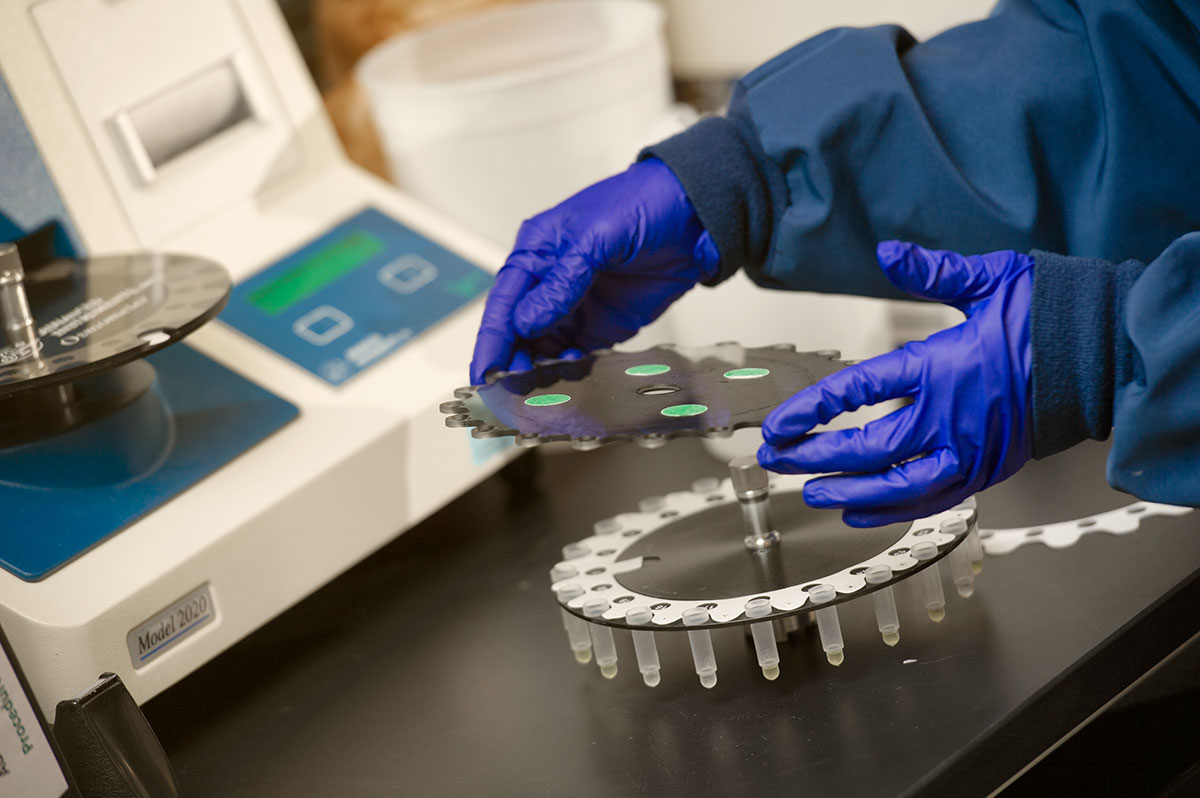
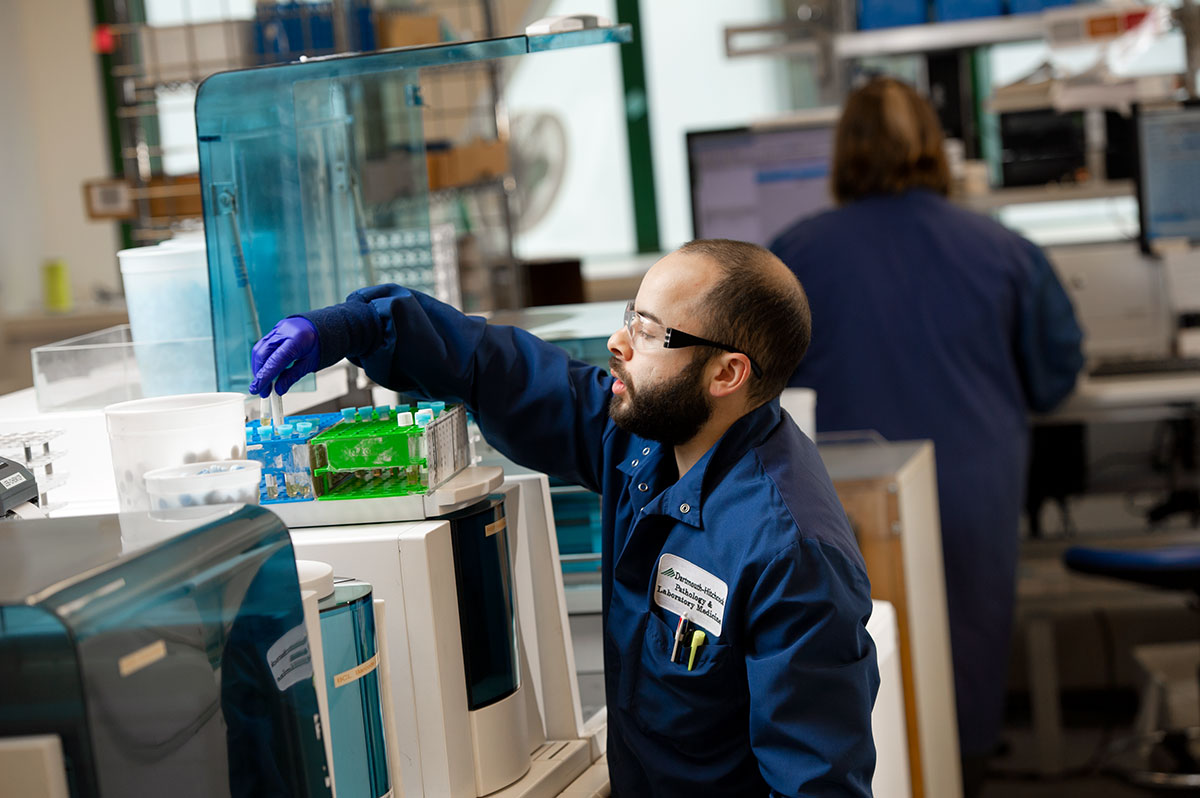
Showcase: Tyler Technologies
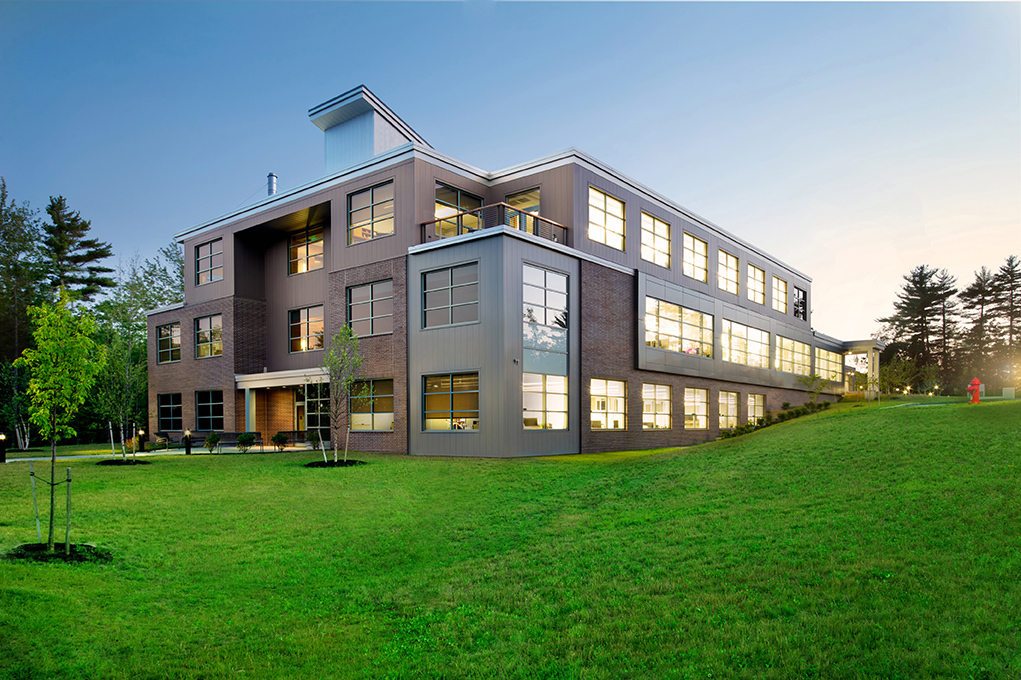
Happy to be able to show some of the work I’ve been doing for Freeport-based Zachau Construction. They recently had me photograph the recently-completed $24 million expansion of Tyler Technologies’ Yarmouth, ME campus, looking to capture the unique feel and design both inside and out.
Architecture seems like a departure from my portrait work, but I think it’s not as different as it seems. Location and context have always been key components of my work, whether featuring people or spaces (sometimes with people in them). Creative use of light is always an important element as well, as is the combining of existing, ambient lighting with flash in an artful, storytelling way.
Buildings and spaces tell stories about the people who design them, live in them and and work in them. The process of architecture work is a bit different, and often more technical, than portrait photography but the goalto convey a mood and a feeling, and to capture a moment.
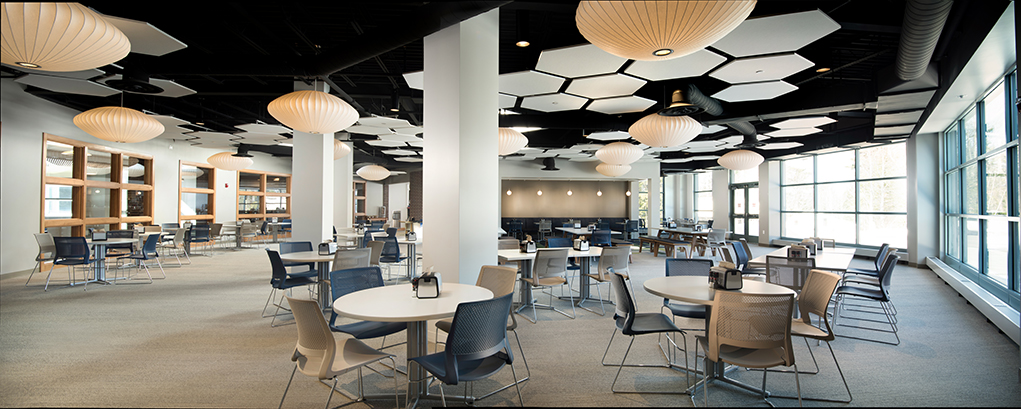
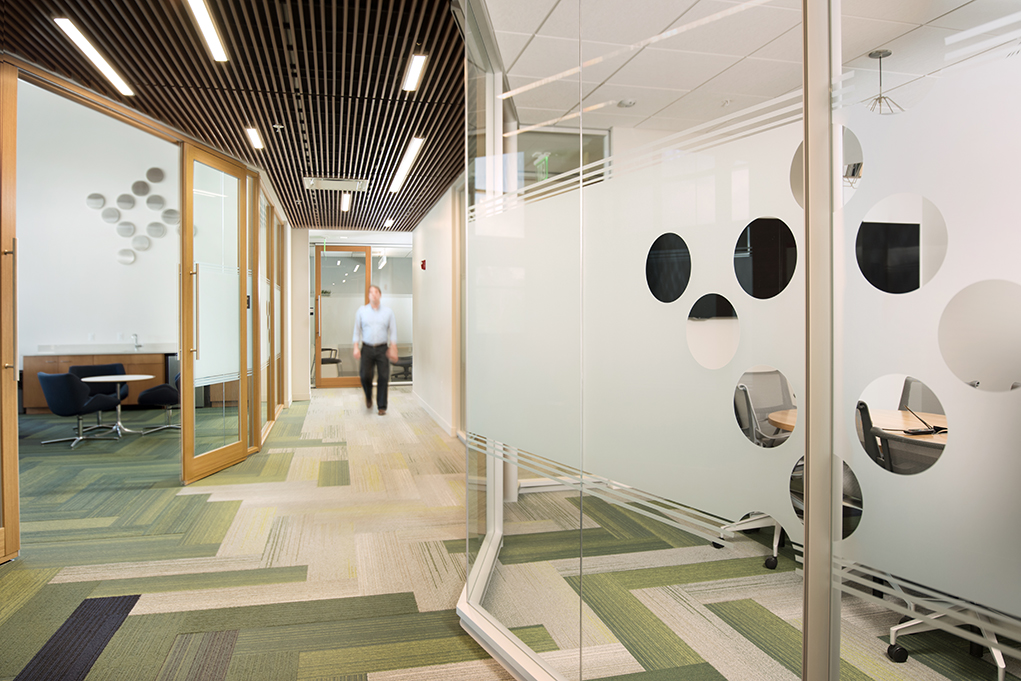
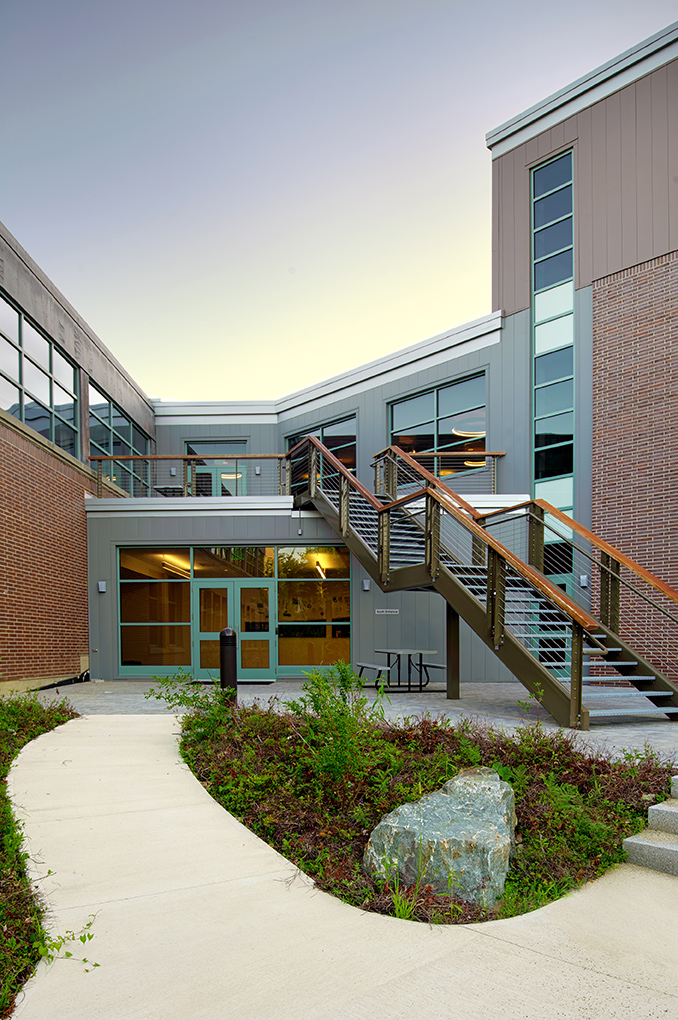
Client Showcase: Architectural Images for Zachau Construction
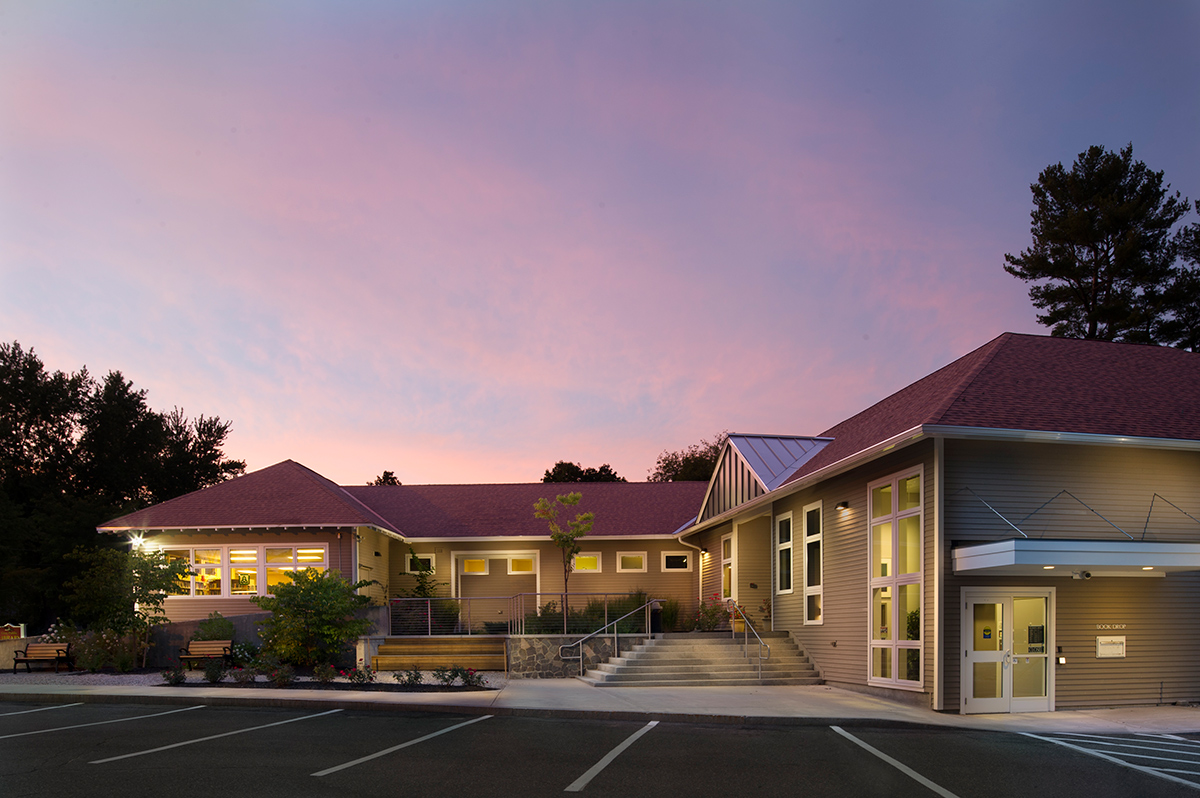
I’m happy to show off architectural images I recently completed for Freeport, ME-based Zachau Construction, a builder of some very cool and unique properties in Maine and elsewhere.
The wide-ranging project included architectural imagery of some of their projects to showcase on their website. Some of the images involved photographing people in the environment and others were more ‘straight’ architecture.
Now that the work has been published, I can release some of it here. I really enjoy the technical challenges inherent in doing this kind of work for my clients.
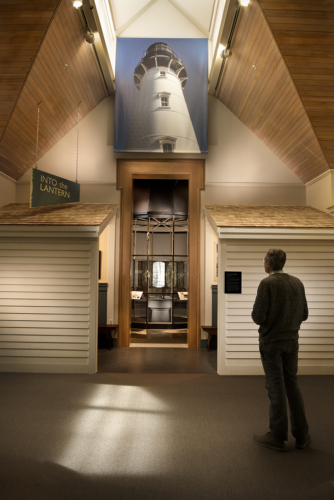
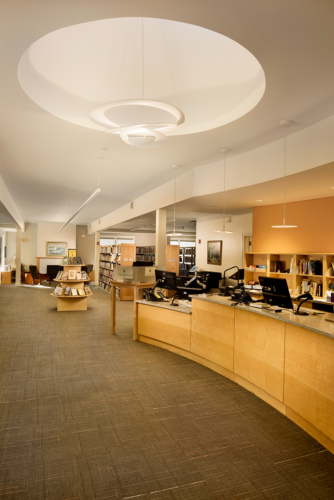
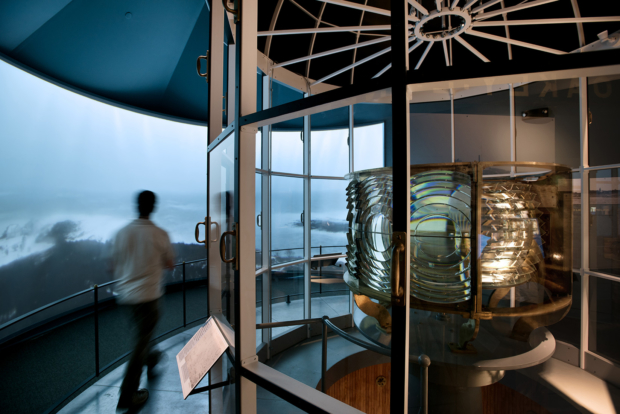
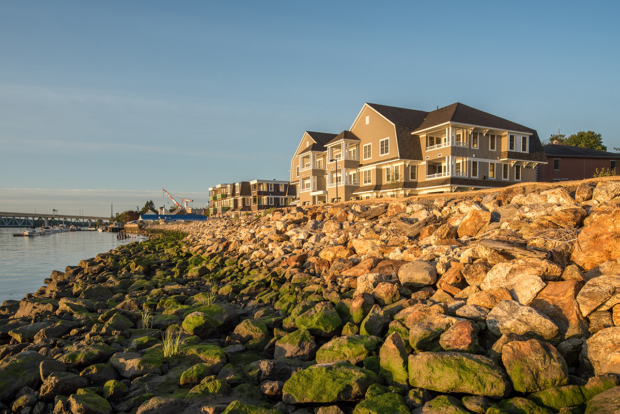
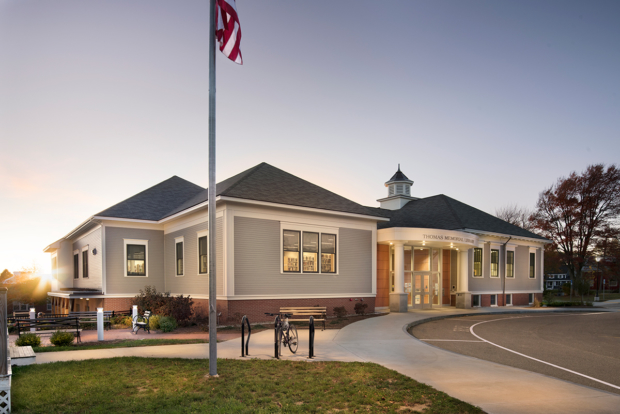
A Healing Place: The Dempsey Center
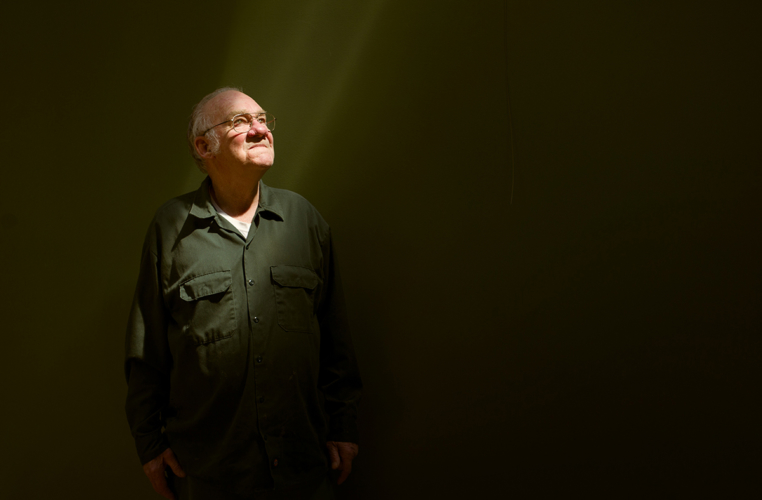 This spring and summer I had the pleasure of working with the amazing Dempsey Center in Lewiston, Maine. The non-profit provides wellness and other support services to those whose lives have been touched by cancer—providing everything from wig-fittings to counseling to classes on topics like healthy cooking and yoga. It’s an amazing, healing place. Cancer has touched me and my family in very direct and personal ways, and so I was even more eager to find out how the Dempsey Center works and how it changes the lives of the many people who come through its doors.
This spring and summer I had the pleasure of working with the amazing Dempsey Center in Lewiston, Maine. The non-profit provides wellness and other support services to those whose lives have been touched by cancer—providing everything from wig-fittings to counseling to classes on topics like healthy cooking and yoga. It’s an amazing, healing place. Cancer has touched me and my family in very direct and personal ways, and so I was even more eager to find out how the Dempsey Center works and how it changes the lives of the many people who come through its doors.
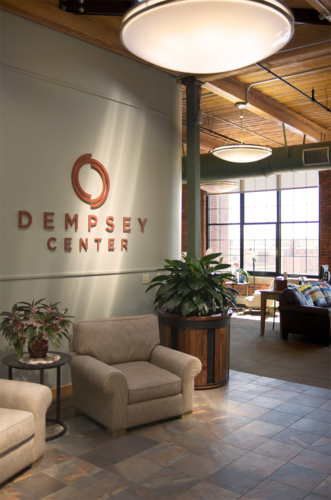
Once I was there, photographing, I realized that the space itself was as important as many of the wellness activities they offer. It’s a peaceful place of healing, with spaces to sit alone or with others, and plenty of quiet places for meditation and reflection.
As a photographer, it was an important reminder that the location and setting are a critical part of the story.
As I worked to tell the story of the Dempsey Center, I met and interacted with many of their staff and clients. It was truly inspiring to meet these folks and to hear their personal stories—all unique, all extremely personal.
It’s my hope that these images capture at least some of the feel of the Dempsey Center and of the wonderful people who work and heal there. Head over to Fitzgerald Photo to check out more images.
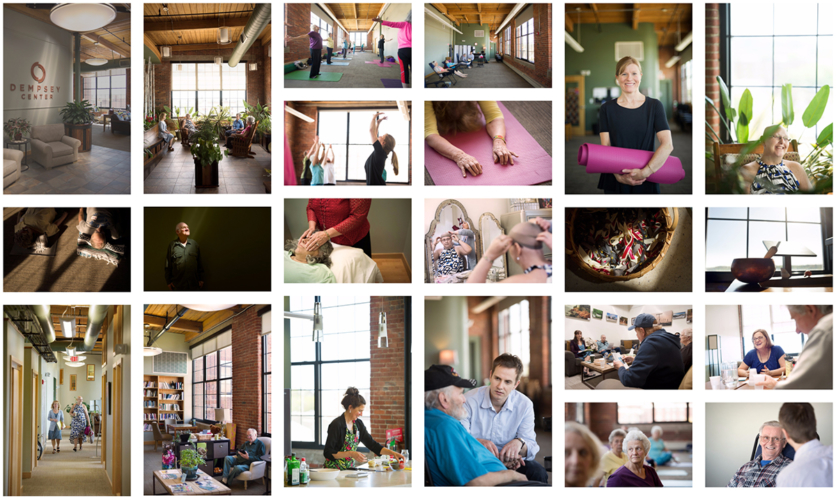
Client Work: Catalyst Paper
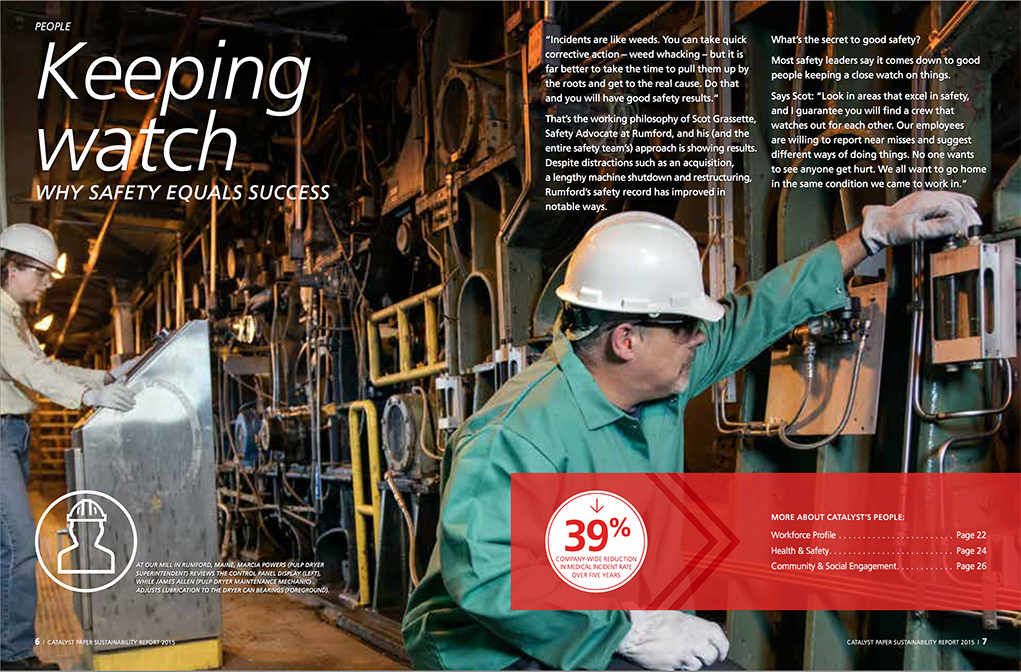
I’ve been working with North American printing paper manufacturer Catalyst Paper for a couple of years now to produce content for their annual sustainability reports. They operate paper mills across the United States and Canada, including one in Maine.
They put together beautiful mater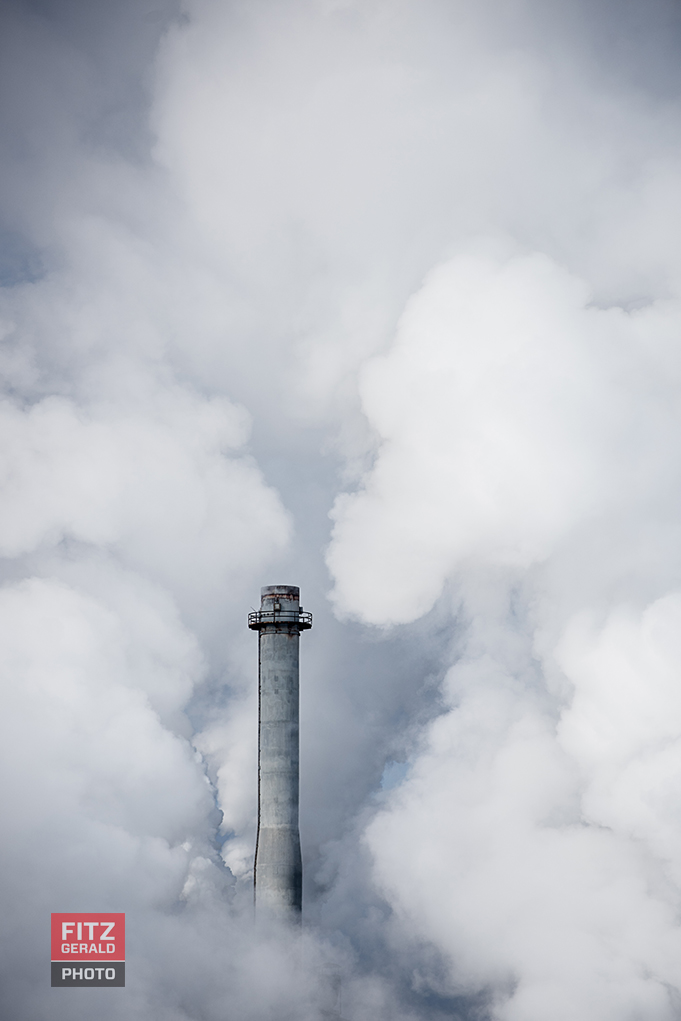 ials that highlight the work the company is doing to better manage resources, be more efficient and safety-conscious. The images themselves tell a story about the connection the company fosters–with the communities they live in, the people that work at the plants, and with the environment that makes their products possible.
ials that highlight the work the company is doing to better manage resources, be more efficient and safety-conscious. The images themselves tell a story about the connection the company fosters–with the communities they live in, the people that work at the plants, and with the environment that makes their products possible.
In other words, the story of Catalyst Paper has less to do with paper, and more to do with people, environment and community.
This kind of project illustrates perfectly the need to be able to solve the complex issues that come up often when doing location industrial photography: challenging lighting, last-minute changes to schedule and location, and a sometimes unpredictable and active environment in which to photograph.
In other words, I love it.
Below are some of the images taken for the project:
